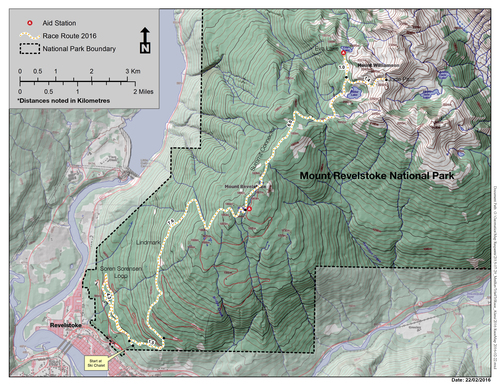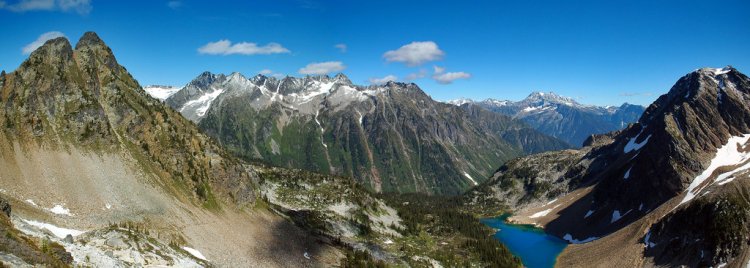
Jade Pass
FULL STOKE 35K - Revelstoke, British Columbia
Elevation Range: 2000 - 2200 m
August 28, 2016 - After backpacking the West Coast Trail on Vancouver Island for four days with Fanny and Garry I took two days to drive the scenic route through Squamish, Whistler, Pemberton,and Salmon Arm to drive to Revelstoke where I met up with Fanny who I had dropped at the Victoria airport only the previous day. Life was coming at both of us fast. We slept in our cars Saturday night in one of the resort's parking lots after some Indian dinner in town and rose early to drive 5K to where the race would start t the entrance to Revelstoke National Park. Unbeknownst to us the race had to be altered in the eleventh hour due to two problem grizzlies on the first 10K of the course. So instead of starting at the bottom of the mountain at the Nils Nelson Ski Jump Chalet, we would be starting at the mountain's summit, eliminating nearly 1500 meters of climbing. From there we would make two out and backs to Eva Lake and Jade Pass, shortening the distance to 35K.
Eva Lake 
At 0900 48 of us headed out into the clouds, dressed for 45 degrees and armed with bear spray. The pre-race instructions included specific reminders on how to handle a bear encounter and what to do if a helicopter evacuation was necessary - a very specific twist on race management here in the Canadian wilds. The initial kilometer pointed uphill and my backpacker legs weren't too happy about it. I found myself walking more than usual for the outet of a race. No worries. I've been there before and was confident I'd find my running legs sooner or later. So I lagged behind Fanny and stopped to take pictures, which left me near the very back of the pack. Making the best of it I opted to just take it easy and bring up the rear, sweeping behind the last runners.
For awhile I ran with a woman from Squamish named Jess that Fanny and I had met before the start, thinking she was the last runner. As Jess moved ahead another woman from Toronto named Kat moved up to keep me company. As it would turn out, Kat and I spent the remainder of the race together, enjoying everything the mountain had to throw at us. It is always nicer to run with someone. Since Fanny was well ahead of me, Kat and I cruised through the course, finishing nearly last, enjoying interacting with the other runners and volunteers, walking whenever we felt like it, and not much concerned about the race or time.
The day was cool, but comfortable, with remarkable clouds to accent the views. There were no bear sightings and no helicopter rides, though a couple folks did take hard falls that knocked them out of competition, including Jess. It was hard not to take extra breaks just to take in the breathtaking scenery. It was great to run without the pressure of racing while still engaged in a race, and Kat and I formed one of those friendships that you know is going to last. As almost always, the social side of racing trumped the physical rewards. For finishing we all received a Revelstoke growler and coffee cup as nice reminders of the great day we had. After a fun week together it was hard to say au revoir to Fanny, but I am looking forward to our next shared adventure already. As she headed home to Calgary with Kat I turn to and started to imagine plans for the next time!!!!
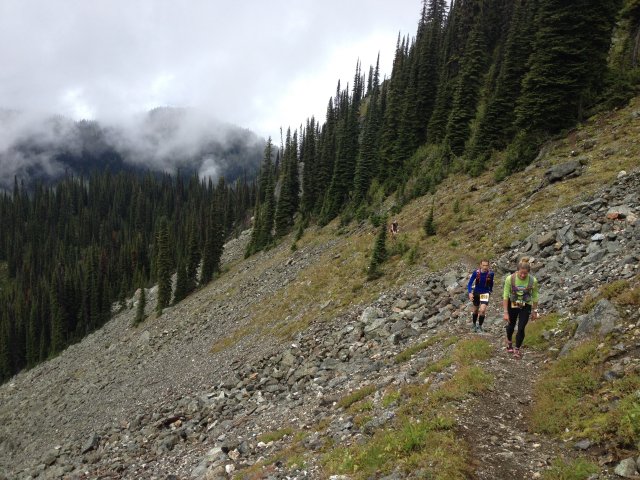
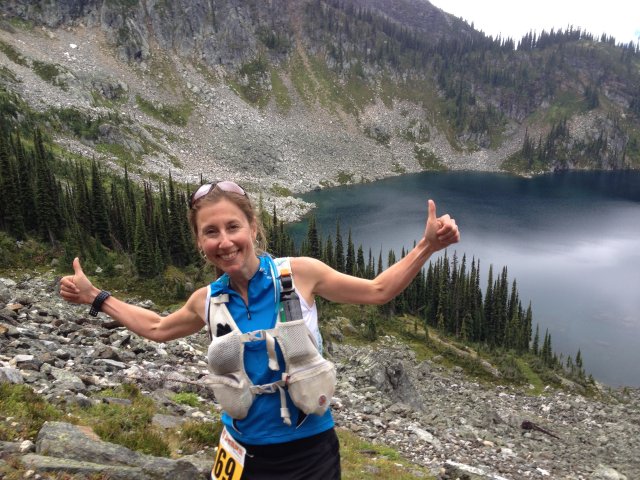
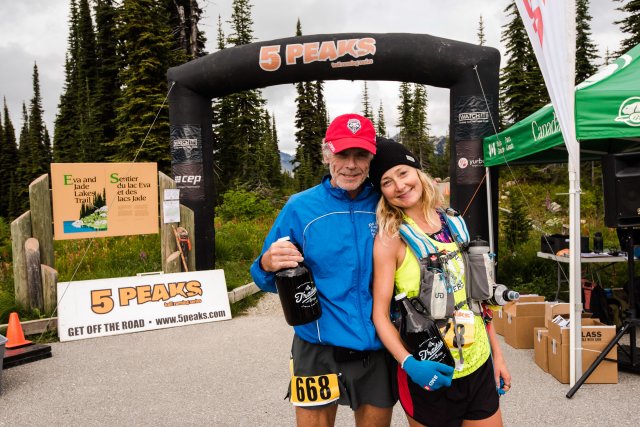
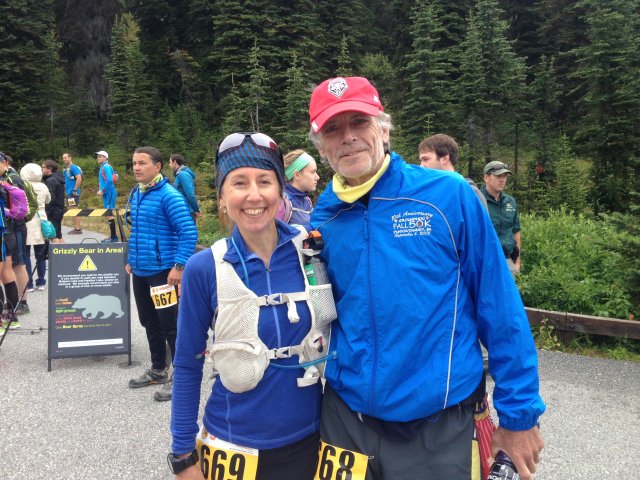
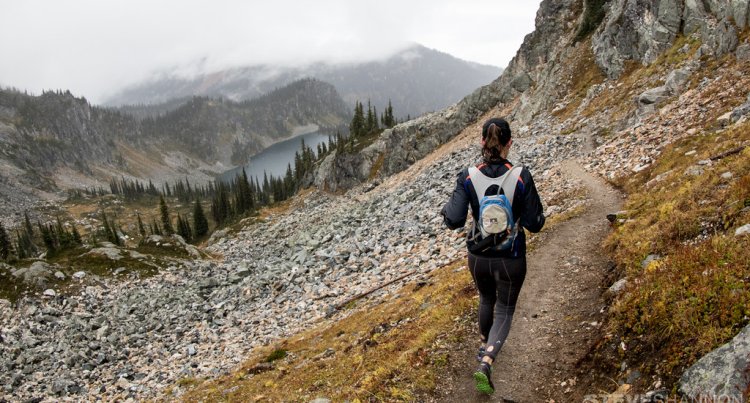
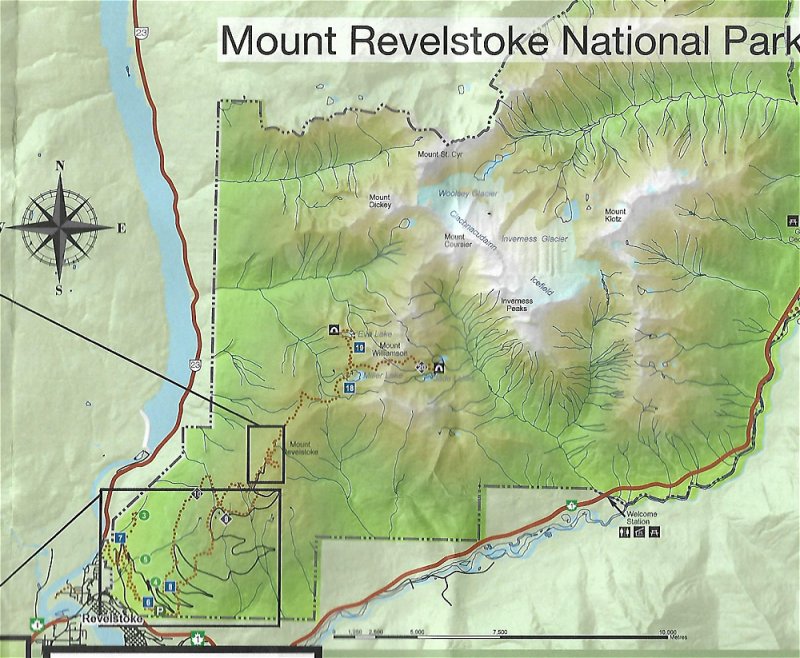
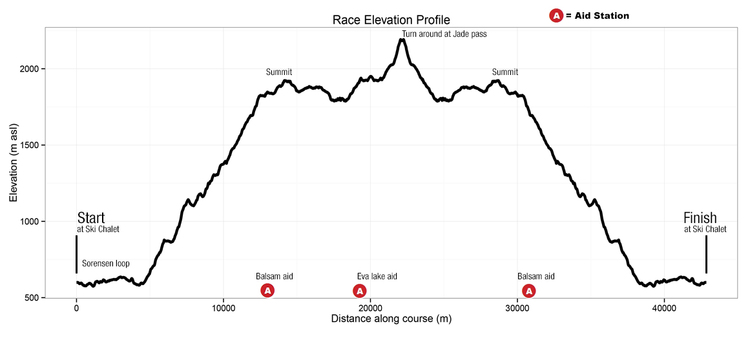
Mount Revelstoke is located in the Selkirk Mountain Range of British Columbia, immediately northeast of the city of Revelstoke and in the park that bears its name, Mount Revelstoke National Park. There is some debate on whether Mount Revelstoke is part of the Clachnacudainn Range (a subrange of the Selkirks), which shares a nearly identical boundary with the national park. Located near the confluence of the Columbia and Illecillewaet rivers, the mountain provides wonderful views of the Monashee Range to the west and the Selkirk Range to the east. The City of Revelstoke broke a trail to the summit of the mountain in 1908.
Whether Mount Revelstoke (1939 m) needs a Summitpost page of its own is open to debate. The mountain itself isn't particularly distinctive, it does not reach above the treeline, and (if one chooses) you can drive almost to the summit of it. Despite this, I chose to make the page for it for several reasons. It is the namesake of one of Canada's mountain national parks. The summit of the mountain is just the beginning of the exploration and trails that lead from there take one into an incredibly beautiful park and landscape. And lastly, Mount Revelstoke and the trails which lead through subalpine meadows from its summit are widely regarded as having some of the most impressive displays of wildflower growth anywhere in the mountains. Paintbrush, lupines, sitka valerian, monkeyflowers, arnica, and daisies proliferate everywhere in the late summer.
Mount Revelstoke National Park is 260 square kilometers in size and was founded in 1914 after much advocacy from local residents for the building of a road to the summit and the formation of a park. The park was set aside in recognition of its mountain scenery and snow-capped peaks, its blooms of wildflower meadows, and for its potential for recreational activity. Furthermore, the park is home to the Clachnacudainn Icefield, old growth forests containing 800 year old red cedars, wetlands, and amazingly diverse, but sometimes threatened, wildlife. The park is primarily made up of the Clachnacudainn (pronounced CLAK-na-KOO-din) subrange of the Selkirk Mountains, which, in turn, is a subrange of the the greater Columbia Mountain Range. The Meadows in the Sky Parkway, which takes people to the summit, was built between 1911 and 1927.
The firetower which crowns the summit of Mount Revelstoke was built in 1927 and continued to be used for its purpose of spotting forest fires in the area until 1987, when satellite technology had replaced the functional usefulness of this and most other firetowers in the mountains.One of the most striking features of Mount Revelstoke National Park and the Columbia Mountain Range is that it is home to the world's only inland temperate rainforest. Moisture laden Pacific air coming in from the west rises up and over the Columbia Mountains. It is the first mountain range these air currents have encountered since the Coast Mountains and it serves to wring an incredible amount of precipitation out of them. The mountains surrounding Revelstoke can receive between 15-24 meters (50-80 feet) of snowfall in a single winter. At the lower elevations of the park, most of the annual precipitation comes in the form of rain. It is this abundant precipitation that enables highly productive old growth forests to grow in this region. The forest resembles those found on the coasts of the Pacific Northwest with the growth of western red cedar, western hemlock, western white pine, devil's club, Pacific yew, and mountain box. A wide variety of ferns and mosses carpet the forest floor. These interior temperate rainforests were once widespread and are now sadly a forest type which is rapidly declining outside of protected areas.
In addition to its fascinating plant life, the area around Mount Revelstoke National Park has an equally interesting display of fauna as well. The park is home to those animals normally found in mountainous terrain - black bear, grizzly bear, wolverine, mountain goat, moose, pine marten, coyote, columbian ground squirrels, and over 180 species of birds. However, it is also home to many creatures not found as readily elsewhere. The old growth forests of the Columbia Mountains supports more than 50 species of cavity nesting birds and denning small animals. The Coeur D'Alene Salamander can be found in the park. There is also a geographically isolated population of banana slugs, which marks their eastern geographic boundary of distribution in North America. Although rare, northern alligator lizards also inhabit the park on the south facing slopes of Mount Revelstoke. This marks the northern extension of their range in British Columbia. Shrews, voles, and several species of bat also make their home here.
Notably, the park and area also serves as a refuge for a small herd of the threatened mountain caribou. All of the world's 2500 mountain caribou are found in southeastern British Columbia and these animals are dependent on on the lichens that grow on old growth trees found here. These lichens are the caribou's sole winter food source.
In addition to the trails which lead you to Mount Revelstoke's summit (discussed in the “Routes” section), there are many other things to do and see on the mountain. Inspiration Woods Trail (a 3 km loop) and the Nels Nelson Historic Ski Jump Area are both short walks on the mountain accessible from the Meadows in the Sky Parkway. There are also several small hikes around the area of the summit. All of the trails in the park are normally very well maintained and signed. The true beauty of the park however is discovered when you begin to hike in to the park from the summit of Mount Revelstoke. All trails leading into the park from the summit take you to the various lakes which are situated within dayhiking distance from the summit. All of the lakes accessed from the trails are stunningly beautiful. Miller Lake is a 5.5 km (3.4 mile) hike (one way) with minimal elevation gain from the summit. Eva Lake is a 6 km (3.7 mile) hike (one way) with minimal elevation gain once again. Upper Jade Lake is 9 km (5.6 miles) away with an elevation gain of 240m (785 feet) experienced along the way. Many people choose to stop at Jade Pass rather than continue on down to the Upper Jade Lake. Jade Pass is an incredible vista at an elevation of 2160m (7085 feet). The views in every direction are amazing. Below you lies Upper Jade Lake. Mount Williamson and the Inverness Peaks fill in some of the panorama around you. The small, unnamed peaks on either side of you from the pass can be easily scrambled up for some added enjoyment of the day. Again, while on the trail, the signage makes it quite clear which way should be taken for each lake. Keep in mind that the park shuts the gate on the Meadows in the Sky Parkway at 8:30 PM. You will need to return before then to prevent your vehicle from being stranded in the park for the night.
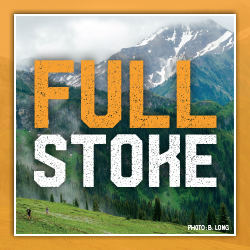

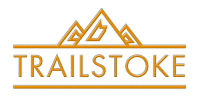


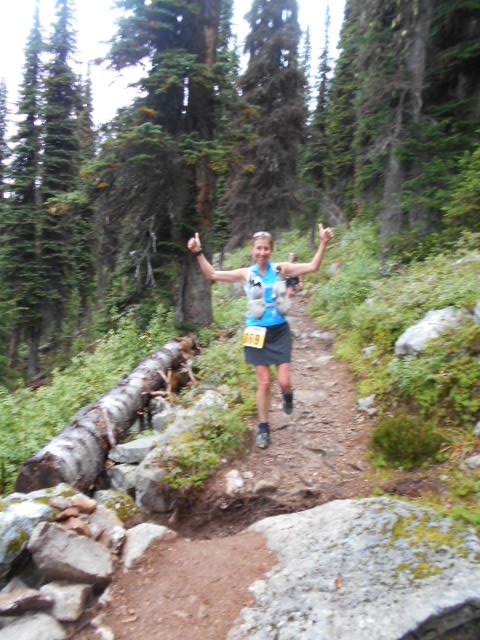 Fanny
Fanny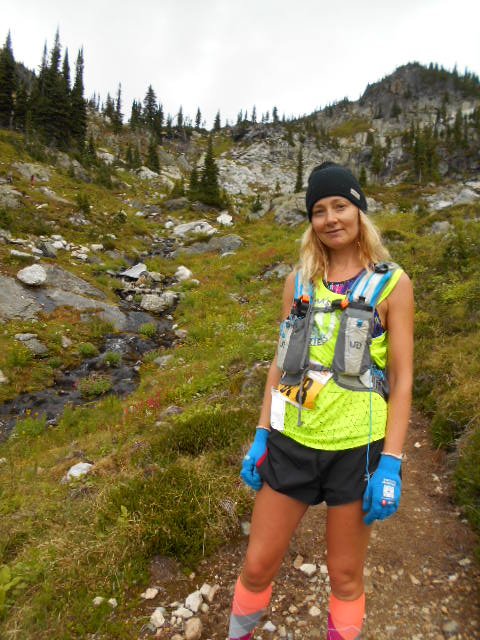 Kat
Kat